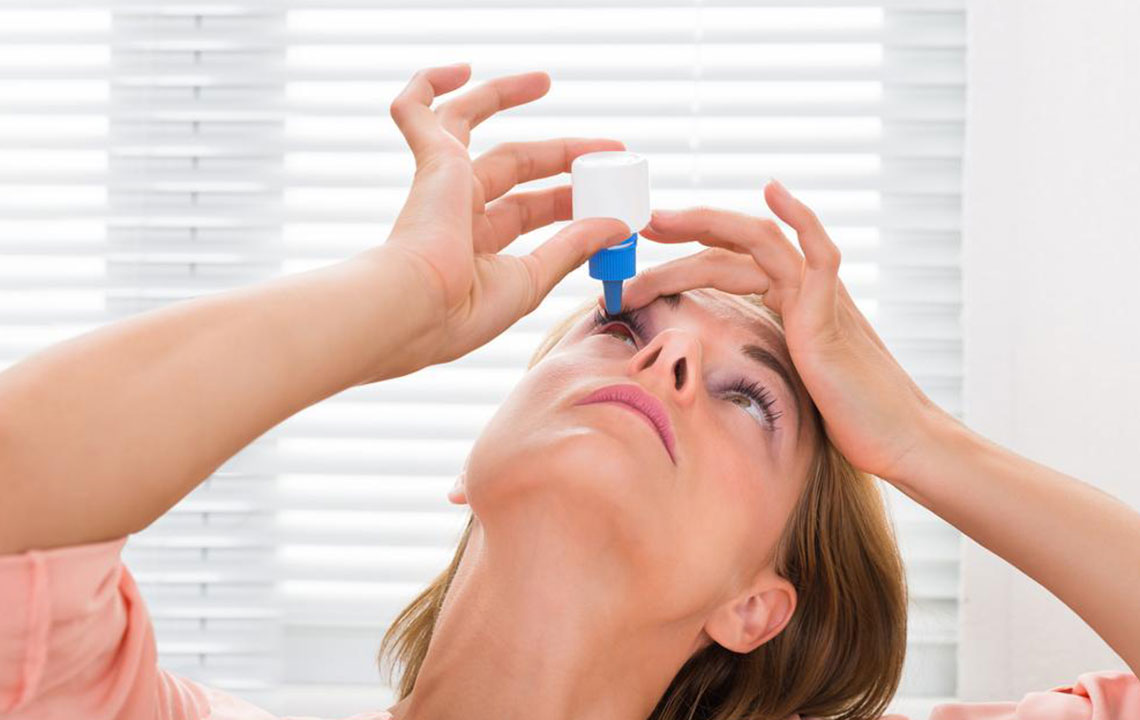Understanding Dry Eye Syndrome: Causes, Symptoms, and Remedies
Discover the causes, symptoms, and effective treatments for dry eye syndrome. Learn how aging, medications, environmental factors, and health conditions contribute to this common eye problem. Explore options like artificial tears, medications, and specialized procedures to manage and improve dry eye symptoms. Consult an eye care professional for personalized advice and long-term relief, helping you maintain comfortable and healthy eyes.

Understanding Dry Eye Syndrome: Causes, Symptoms, and Remedies
Dry eye syndrome occurs when the eyes don’t produce enough tears or when the tears evaporate too quickly, leading to irritation and discomfort. This condition can stem from various factors, including aging, medications, environmental exposures, or underlying health issues. Common signs include burning, itching, redness, blurred vision, and sensitivity to light. Interestingly, excessive tearing can also be a symptom, as the eyes attempt to compensate for dryness. If left untreated, dry eyes can cause surface inflammation and affect procedures like LASIK or cataract surgery.
Causes of Dry Eyes
Aging: Tear production diminishes with age, especially after 50, making dry eyes more common in older adults.
Medications: Certain drugs like antihistamines, antidepressants, and blood pressure medications can reduce tear secretion.
Environmental Factors: Wind, dry climates, or prolonged screen time can accelerate tear evaporation.
Hormonal Changes: Menopause, pregnancy, or hormone therapy can disrupt tear production.
Vitamin Deficiencies: Lack of vitamin A impacts eye health and tear quality.
Eye Surgeries: Procedures such as LASIK can temporarily decrease tear production.
Autoimmune Conditions: Diseases like Sjögren's syndrome, rheumatoid arthritis, or lupus impair tear glands.
Allergies: Allergic reactions can inflame eyes, leading to dryness and irritation.
Dehydration: Insufficient fluid intake results in less tear fluid and dry eyes.
Treatment Approaches
Over-the-counter eye drops or artificial tears are often sufficient for mild cases.
Prescription medications may include anti-inflammatory eye drops like cyclosporine (Restasis), or corticosteroids for short-term relief.
Specialized procedures, such as closing tear ducts, implantation of punctal plugs, or eyelid treatments, can reduce tear drainage.
Advanced options include scleral lenses, thermal pulsation therapy, or eyelid massages to unclog oil glands.
Managing internal health conditions and avoiding environmental triggers play a crucial role in long-term relief.
Consultation with an eye care professional is essential to determine the most suitable treatment based on individual causes and severity. Proper management can prevent complications and improve quality of life for those affected.










